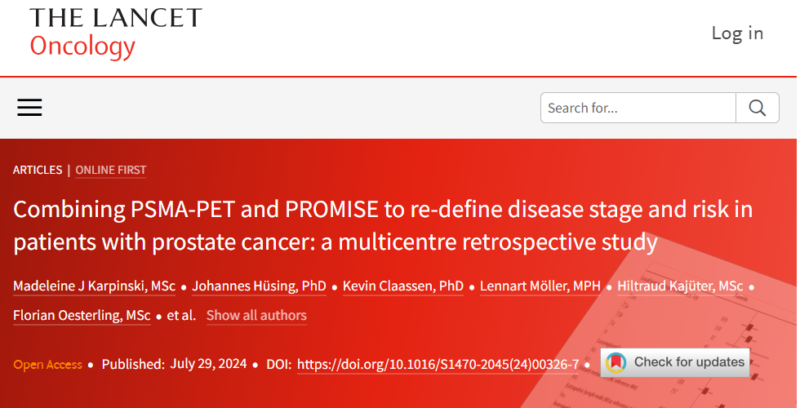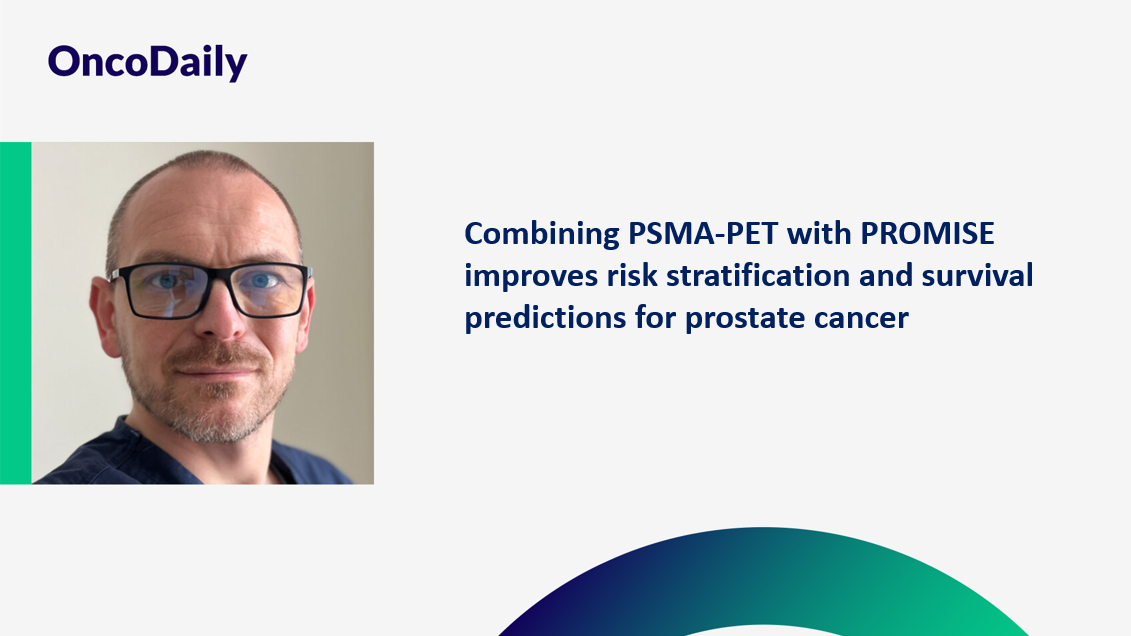Piotr Wysocki recently posted on LinkedIn:
“A recent multicentre retrospective study aimed to evaluate the effectiveness of PSMA-PET imaging and the PROMISE criteria (PPP) in redefining disease staging and risk assessment in prostate cancer patients. Conducted by researchers including Madeleine J. Karpinski, Johannes Hüsing, and Kevin Claassen, the study analyzed data from 2414 patients across multiple German university hospitals between 2014 and 2021.
The study included patients with histologically confirmed prostate cancer who underwent PSMA-PET imaging. The researchers developed and validated quantitative and visual PPP nomograms to predict overall survival using Cox regression models. The study compared these nomograms to established clinical risk scores from the International Staging Collaboration for Cancer of the Prostate (STARCAP), the European Association of Urology (EAU), and the National Comprehensive Cancer Network (NCCN).
Key predictors in the quantitative PPP nomogram included locoregional lymph node metastases, distant metastases, tumor volume, and tumor mean standardized uptake value. The visual nomogram focused on distant metastases and total tumor lesion count. The PPP nomograms demonstrated high predictive accuracy with C-indices of 0.80 and 0.77 for the internal and external validation cohorts, respectively. The quantitative PPP nomogram outperformed the STARCAP, EAU, and NCCN risk scores in predicting overall survival but was comparable to the GAFITA nomogram for metastatic hormone-sensitive and castration-resistant prostate cancer. The visual PPP nomogram also showed superior predictive power over the EAU and NCCN scores but was similar to the STARCAP and GAFITA nomograms.
The demonstrated that PPP nomograms provide accurate risk stratification for overall survival in prostate cancer, outperforming some existing clinical risk tools. Ongoing research aims to validate and refine these nomograms with long-term follow-up data.”
Authors: Madeleine J Karpinski, Johannes Hüsing, Kevin Claassen, Lennart Möller, Hiltraud Kajüter, Florian Oesterling, Viktor Grünwald, Lale Umutlu, Jens Kleesiek, Tugce Telli, Anja Merkel-Jens, Anika Hüsing, Claudia Kesch, Ken Herrmann, Matthias Eiber, Sebastian Hoberück, Philipp T Meyer, Felix Kind, Kambiz Rahbar, Michael Schäfers, Andreas Stang, Boris A Hadaschik and Wolfgang P Fendler.

Source: Piotr Wysocki/LinkedIn
About Piotr Wysocki
Piotr Wysocki leads the Clinical Oncology Department at University Hospital and the Faculty of Oncology at Jagiellonian University-Medical College in Krakow, Poland. As an advisor to the Polish Ministry of Health, he shapes the national cancer strategy.
His clinical expertise spans the systemic treatment of breast, gynecologic, and genitourinary cancers, with a focus on developing innovative metronomic chemotherapy-based therapies for advanced cancer patients who have undergone prior treatment.
Read other posts by Piotr Wysocki published on OncoDaily.
